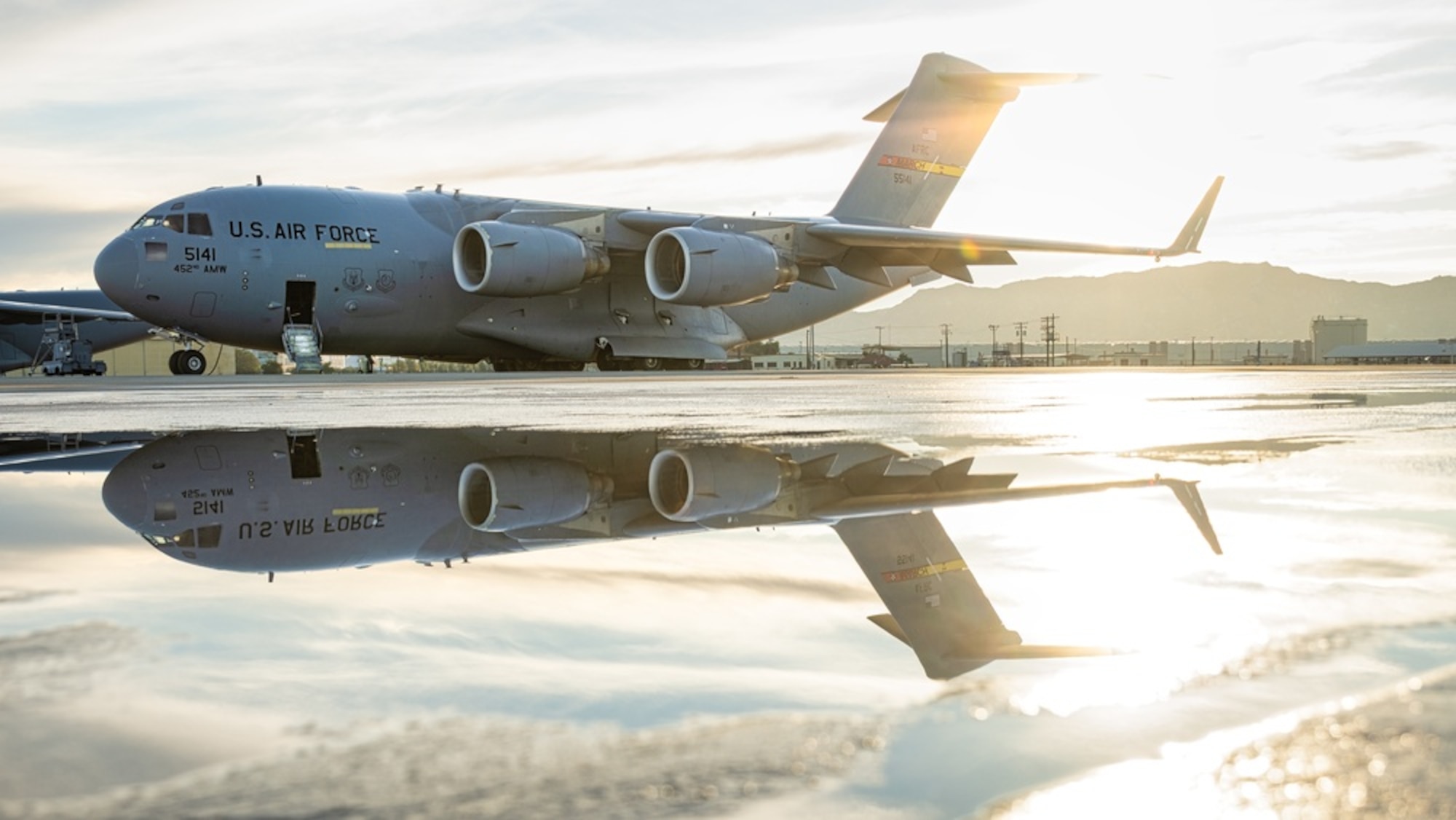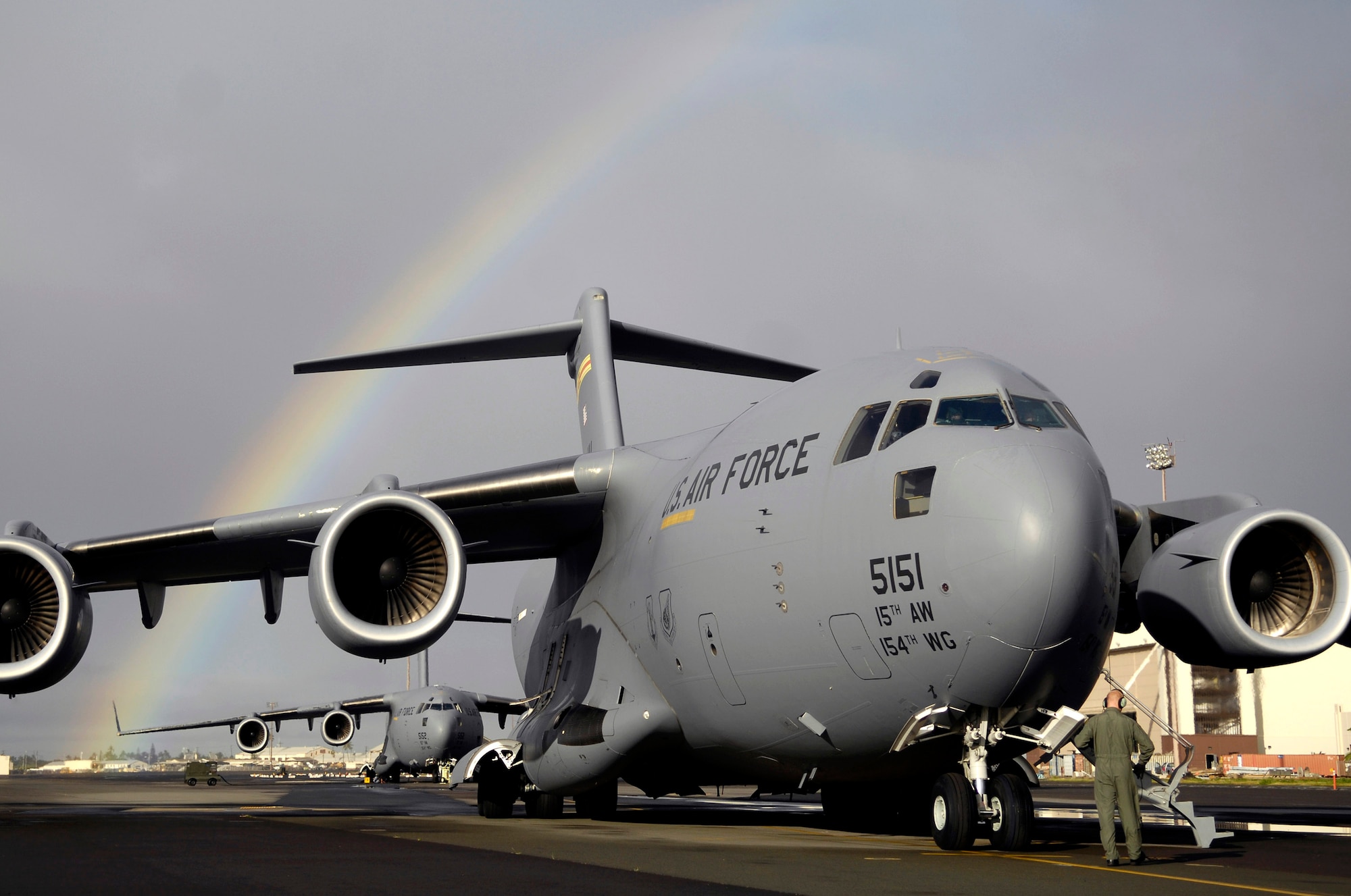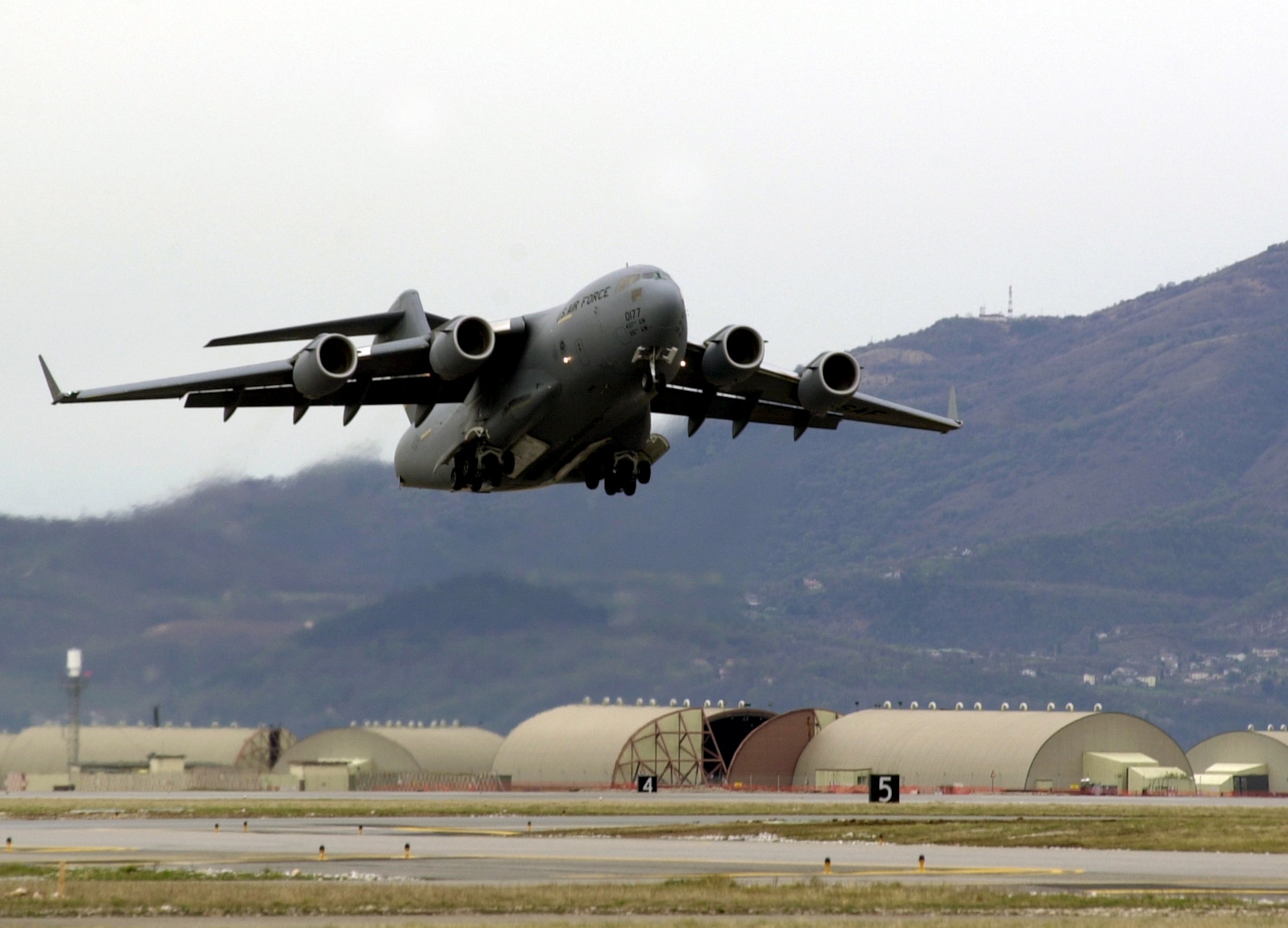-
Photo Details / Download Hi-Res
-
Photo Details / Download Hi-Res
-
Photo Details / Download Hi-Res
-
Photo Details / Download Hi-Res
' + '
' + '
SHOW PHOTO DETAILS
'; } else { caption += $(this).find('figcaption').html() + getDetailsURL($(this).parent()) + getDownloadURL($(this).parent()) + showFBShare(); } } else { if (isMobile()) { caption += '
' + '
' + '
' + '
' + '
' + $(this).find('figcaption p').html() + '
' + getDetailsURL($(this).parent()) + getDownloadURL($(this).parent()) + showFBShare() + '
' + '
' + '
SHOW PHOTO DETAILS
'; } else { caption += '
' + '
' + $(this).find('figcaption p').html() + '
' + getDetailsURL($(this).parent()) + getDownloadURL($(this).parent()) + showFBShare(); } } return caption; }, afterLoad: function (instance, current) { //initial desktop view $(".fancybox-caption__body").addClass("a2a_kit").addClass("a2a_default_style"); if (isMobile()) $(".fancybox-caption__body").addClass("mobile"); }, afterShow: function (instance, current) { var $currentSlide = $(".fancybox-slide.fancybox-slide--current").parent().parent(); if (isMobile()) $currentSlide.find(".fancy-detail-link").on("touchstart", function () { captionToggle(); }); }, afterClose: function () { } })); let debounceTimer; $(window).on("resize", function (event) { if (isMobile()) return; if ($(".af3-caption-body").length > 0 && $(".af3-caption-body").css("height") != undefined) { event.stopImmediatePropagation(); $(".fancybox-caption__body").removeClass("half"); isDesktopInit = false; captionToggle(); debounceTimer = setTimeout(function () { clearTimeout(debounceTimer); debounceTimer = null; recalculateImageSize(); }, 1000); } }); function recalculateImageSize() { // Fancy box miscalculates because of race conditions with new layout var origImgWth = $(".fancybox-image").prop("naturalWidth"); var origImgHgt = $(".fancybox-image").prop("naturalHeight"); var winWth = $(window).innerWidth(); var winHgt = $(window).innerHeight() var ratio = Math.min(winWth / origImgWth, winHgt / origImgHgt); var newImgWth = (origImgWth * ratio); var newImgHgt = (origImgHgt * ratio); var dstTop = Math.floor((winHgt - newImgHgt)) / 2; var dstLeft = Math.floor((winWth - newImgWth)) / 2; $(".fancybox-content").removeAttr("style"); $(".fancybox-content").css("width", newImgWth + "px"); $(".fancybox-content").css("height", newImgHgt + "px"); $(".fancybox-content").css("transform", "translate(" + dstLeft + "px, " + dstTop + "px)"); } function captionToggle() { if ($(".fancybox-caption__body").hasClass("af3-caption-body")) { $(".af3-caption-body").stop(true, false).animate({ height: "0vh" }, 800, function () { // Animation complete. closeDetails(); }); $(".fancy-photo-detail-link").html($(".fancy-photo-detail-link").html().replace("CLOSE", "SHOW")); } else { $(".fancybox-caption__body").addClass("af3-caption-body"); $(".af3-caption-body").addClass(detailSize); $(".af3-caption-body").animate({ height: displayhgt }, 800); $(".fancybox-caption").addClass("af3-caption-bg"); $(".base-caption-info").addClass("full-height"); $(".fancy-photo-detail-link").addClass("photo-detail-gradient"); $(".fancybox-button").css("display", "none"); $(".fancy-photo-detail-link").html($(".fancy-photo-detail-link").html().replace("SHOW", "CLOSE")); $(".fancybox-caption__body").prepend(prependClosing()); $(".closing-box, .closingx").on("touchstart", function () { captionToggle(); }); } } function getDetailsURL(fbObj) { return 'DETAILS'; } function getDownloadURL(fbObj) { return 'DOWNLOAD'; } function showFBShare() { return ''; } function closeDetails() { $(".af3-caption-body").removeClass(detailSize); $(".fancybox-caption__body").removeClass("af3-caption-body"); $(".fancybox-caption").removeClass("af3-caption-bg"); $(".base-caption-info").removeClass("full-height"); $(".fancy-photo-detail-link").removeClass("photo-detail-gradient"); $(".fancybox-button").css("display", "block"); if (detailSize === "half") { detailSize = "full"; displayhgt = "90vh"; $(".fancybox-caption").removeClass("desktop-init"); } } function prependClosing() { return '
' } });
Mission
The C-17 Globemaster III is the most flexible cargo aircraft to enter the airlift force. The C-17 is capable of rapid strategic delivery of troops and all types of cargo to main operating bases or directly to forward bases in the deployment area. The aircraft can perform tactical airlift and airdrop missions and can transport litters and ambulatory patients during aeromedical evacuations. The inherent flexibility and performance of the C-17 force improve the ability of the total airlift system to fulfill the worldwide air mobility requirements of the United States.
The ultimate measure of airlift effectiveness is the ability to rapidly project and sustain an effective combat force close to a potential battle area. Threats to U.S. interests have changed in recent years, and the size and weight of U.S.-mechanized firepower and equipment have grown in response to improved capabilities of potential adversaries. This trend has significantly increased air mobility requirements, particularly in the area of large or heavy outsize cargo. As a result, newer and more flexible airlift aircraft are needed to meet potential armed contingencies, peacekeeping or humanitarian missions worldwide. The C-17 is capable of meeting today's demanding airlift missions.
Features
Reliability and maintainability are two outstanding benefits of the C-17 system. Current operational requirements impose demanding reliability and maintainability. These requirements include an aircraft mission completion success probability rate of 92 percent, only 20 aircraft maintenance man-hours per flying hour, and full and partial mission availability rates of 74.7 and 82.5 percent, respectively. The Boeing warranty assures these figures will be met.
The C-17 measures 174 feet long (53 meters) with a wingspan of 169 feet, 10 inches (51.75 meters). The aircraft is powered by four Pratt & Whitney F117-PW-100 turbofan engines, which are based on the commercial Pratt and Whitney PW2040 used on the Boeing 757. Each engine is rated at 40,440 pounds of thrust and includes thrust reversers that direct the flow of air upward and forward to avoid ingestion of dust and debris. Additionally, thrust reversers provide enough thrust to reverse the aircraft while taxing backwards and create in-flight drag for maximum rate descents. The design characteristics give it the capability to operate into and out of short runways and austere airfields carrying large payloads. Maximum use has been made of commercial off-the-shelf equipment, including Air Force-standardized avionics.
The aircraft is operated by a crew of three (pilot, co-pilot and loadmaster), reducing manpower requirements, risk exposure and long-term operating costs. Cargo is loaded onto the C-17 through a large aft ramp and door system that accommodates virtually all of the Army’s air-transportable equipment such as a 69-ton M1 Abrams main battle tank, armored vehicles, trucks and trailers. Additionally, the cargo floor has rollers that can be flipped from a flat floor to accommodate wheeled or tracked vehicles to rollerized conveyers to accommodate palletized cargo. The C-17 is designed to airdrop 102 paratroopers with their accompanying equipment.
Maximum payload capacity of the C-17 is 170,900 pounds (77,519 kilograms), and its maximum gross takeoff weight is 585,000 pounds (265,352 kilograms). With a payload of 164,900 pounds (74,797 kilograms) and an initial cruise altitude of 28,000 feet (8,534 meters), the C-17 has an unrefueled range of approximately 2,400 nautical miles. Its cruise speed is approximately 450 knots (.74 Mach).
The design of the aircraft (high-lift wing, slats, and externally blown flaps) allows it to operate through small, austere airfields. The C-17 can take off and land on runways as short as 3,500 feet (1,064 meters) and only 90 feet wide (27.4 meters). Even on such narrow runways, the C-17 can turn around using a three-point star turn and its backing capability.
Background
The C-17 made its maiden flight on Sept. 15, 1991, and the first production model was delivered to Charleston Air Force Base, now identified as Joint Base Charleston, S.C., on June 14, 1993. The first squadron of C-17s, the 17th Airlift Squadron, was declared operationally ready Jan. 17, 1995. The Air Force originally programmed to buy 120 C-17s. Due to the unrivaled success of the C-17 to accomplish various mobility missions, additional aircraft were acquired, resulting in a final fleet of 223 aircraft.
The C-17 is operated by Air Mobility Command from Travis AFB, Calif.; Dover AFB, Delaware. Joint Base Lewis-McChord, Wash.; Joint Base Charleston, S.C., and Joint Base McGuire-Dix-Lakehurst, N.J.
Pacific Air Forces operates C-17s from Joint Base Elmendorf-Richardson, Alaska, and Joint Base Pearl Harbor-Hickam, Hawaii.
The Air National Guard operates C-17s from Jackson, Miss., Stewart ANG Base, N.Y., Memphis, Tenn., Martinsburg, W.Va., Charlotte, N.C.
The Air Force Reserve Command operates C-17s at March Air Reserve Base, Calif., and Wright Patterson AFB, Ohio.
Air Force Materiel Command has one C-17 on loan from JB Charleston, S.C., to conduct tests at Edwards AFB, Calif.
Air Education and Training Command performs C-17 aircrew training from Altus AFB, Okla.
General Characteristics
Primary Function: Cargo and troop transport
Prime Contractor: Boeing Company
Power Plant: Four Pratt & Whitney F117-PW-100 turbofan engines
Thrust: 40,440 pounds, each engine
Wingspan: 169 feet 10 inches (to winglet tips) (51.75 meters)
Length: 174 feet (53 meters)
Height: 55 feet 1 inch (16.79 meters)
Cargo Compartment: length, 88 feet (26.82 meters); width, 18 feet (5.48 meters); height, 12 feet 4 inches (3.76 meters)
Speed: 450 knots at 28,000 feet (8,534 meters) (Mach .74)
Service Ceiling: 45,000 feet at cruising speed (13,716 meters)
Range: Global with in-flight refueling
Crew: Three (two pilots and one loadmaster)
Aeromedical Evacuation Crew: A basic crew of five (two flight nurses and three medical technicians) is added for aeromedical evacuation missions. Medical crew may be altered as required by the needs of patients
Maximum Takeoff Weight: 585,000 pounds (265,352 kilograms)
Load: 102 troops/paratroops; 36 litter and 54 ambulatory patients and attendants; 170,900 pounds (77,519 kilograms) of cargo (18 pallet positions)
Unit Cost: $202.3 million (fiscal 1998 constant dollars)
Date Deployed: June 1993
Inventory: Active duty, 157; Air National Guard, 47; Air Force Reserve, 18
(Current as of January 2023)



